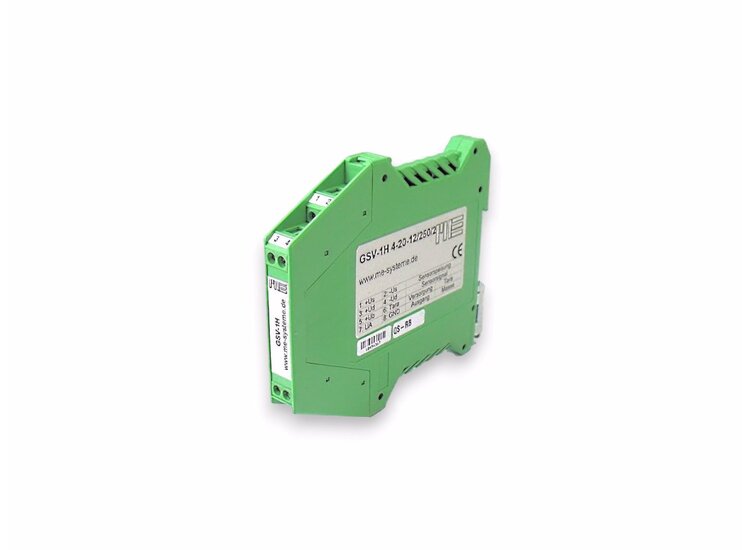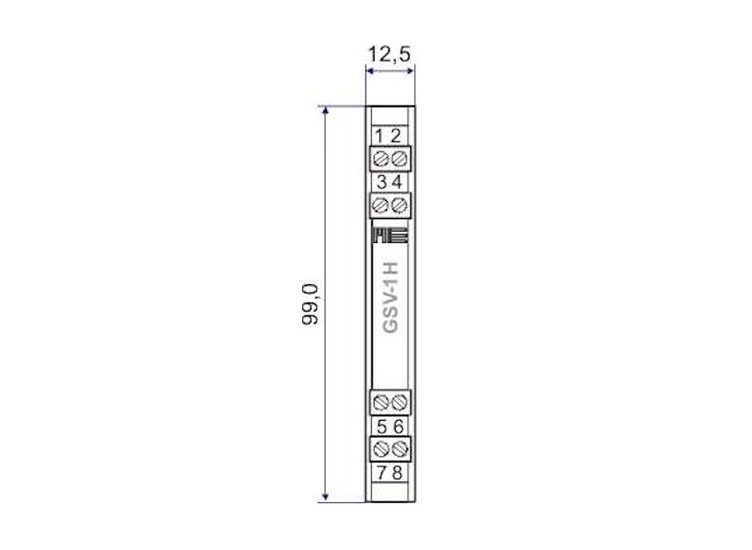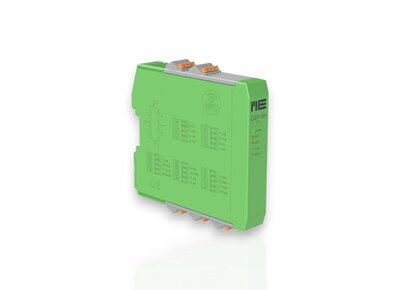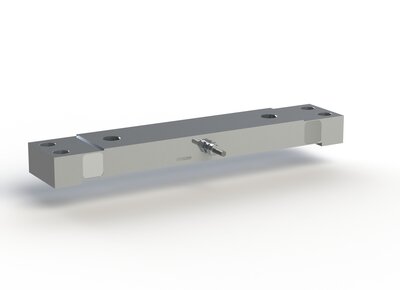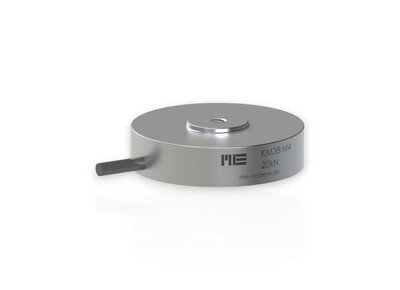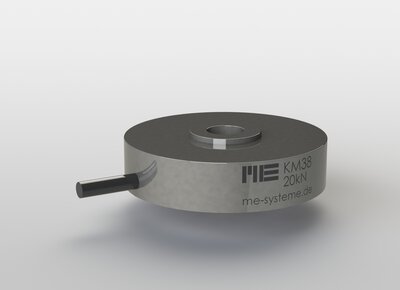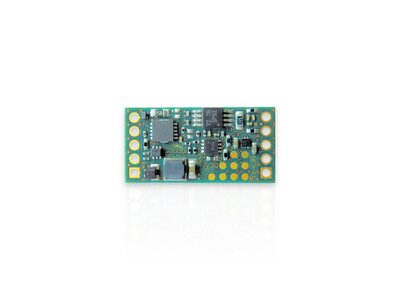The measuring amplifier GSV-1H is available with voltage outputs ±10V and current output 4...20mA.
The current output can be factory configured for automatic zero adjustment to 4 mA (4 mA + 16mA, for "unipolar" measurements), or for an automatic zero adjustment to 12 mA (12 mA + -8 mA, for "bipolar" measurements).
Due to the high filter frequency of 250 Hz (2.5 kHz and 10 kHz optional), it is also perfectly suitable for dynamic measurements.
The force sensor is connected to terminals 1 to 4.
The voltage supply (11-28 volt) is connected to terminal 5 and 8 (ground).
To set to zero, terminal 6 is a brief (ca. 2 s) connected to the voltage supply or a control signal between 5 volt and 24 volt is applied. The status is permanently stored in an EEPROM.
Amplification can be switched 1-2-4-10 times via internal jumpers.
If the input signal becomes negative, output follows up to 0 mA.

